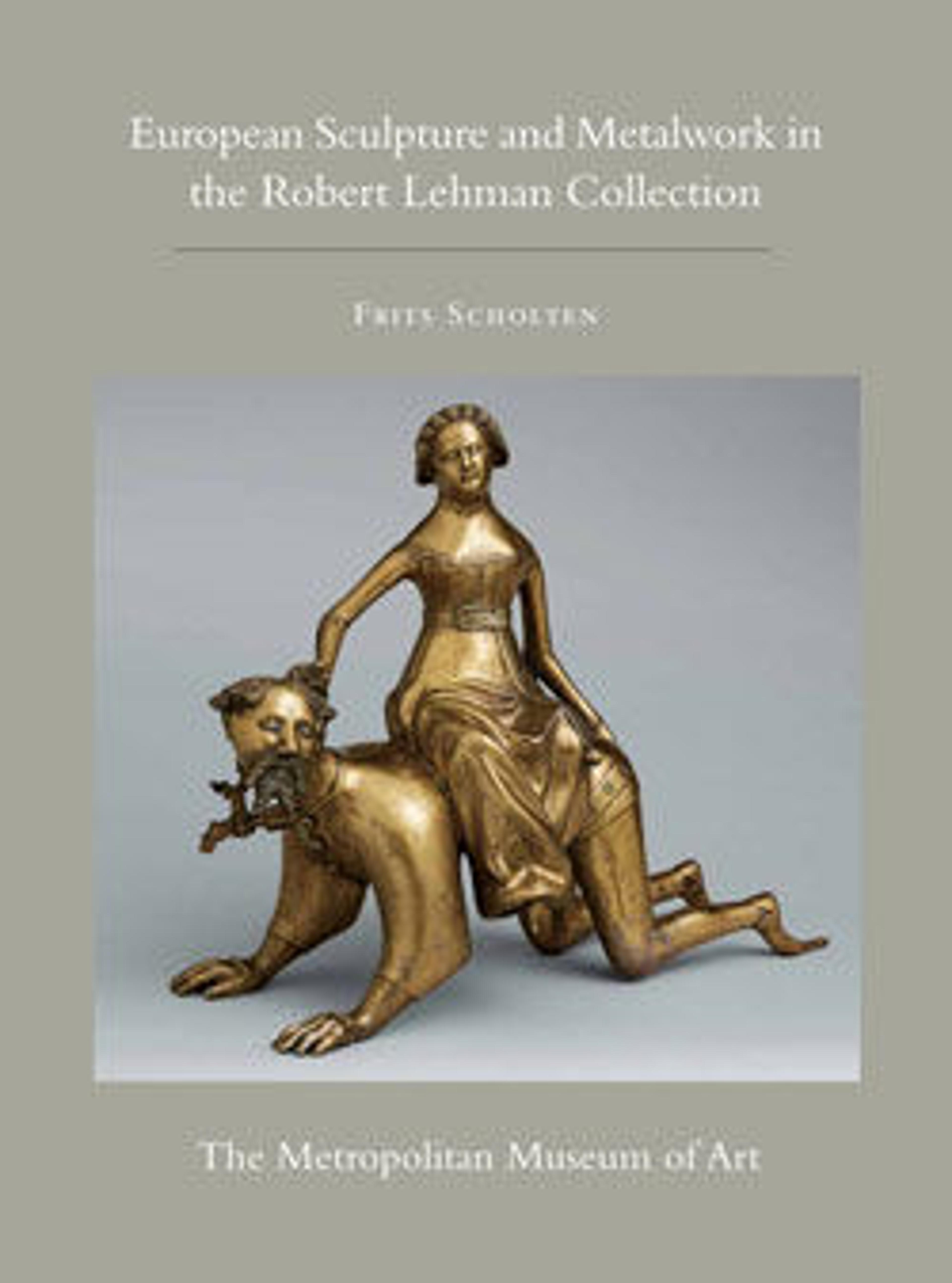Portrait medal of Antoine Perrenot Granvelle (obverse); Don Juan of Austria Receiving the Standard from Granvelle (reverse)
The obverse presents a portrait of Antoine Perrenot Granvelle (1517 – 1586), a leading minister for the Spanish Habsburgs during the resurgence of Protestantism in the sixteenth century. A friend and patron of the master painter Titian, Granville possessed a magnificent library and art collection. When Philip II of Spain became emperor in 1556, Granville was dispatched to the Netherlands, where his repression of Protestants forced him to be recalled.
This medal commemorates the moment when Don Juan of Austria received from Granvelle the standard as commander of the fleet
of the Holy League (Venice, Spain, and the Papal States) against the Turks, which is represented on the medal's reverse.
This medal commemorates the moment when Don Juan of Austria received from Granvelle the standard as commander of the fleet
of the Holy League (Venice, Spain, and the Papal States) against the Turks, which is represented on the medal's reverse.
Artwork Details
- Title:Portrait medal of Antoine Perrenot Granvelle (obverse); Don Juan of Austria Receiving the Standard from Granvelle (reverse)
- Artist:Giovanni V. Melon (Italian, active ca. 1570–90)
- Date:1571
- Medium:Bronze (Copper alloy with orange-brown,
mottled cuprite patina). - Dimensions:Diam. 4.4 cm, wt. 32.71 g.
- Classification:Medals
- Credit Line:Robert Lehman Collection, 1975
- Object Number:1975.1.1289
- Curatorial Department: The Robert Lehman Collection
More Artwork
Research Resources
The Met provides unparalleled resources for research and welcomes an international community of students and scholars. The Met's Open Access API is where creators and researchers can connect to the The Met collection. Open Access data and public domain images are available for unrestricted commercial and noncommercial use without permission or fee.
To request images under copyright and other restrictions, please use this Image Request form.
Feedback
We continue to research and examine historical and cultural context for objects in The Met collection. If you have comments or questions about this object record, please contact us using the form below. The Museum looks forward to receiving your comments.
